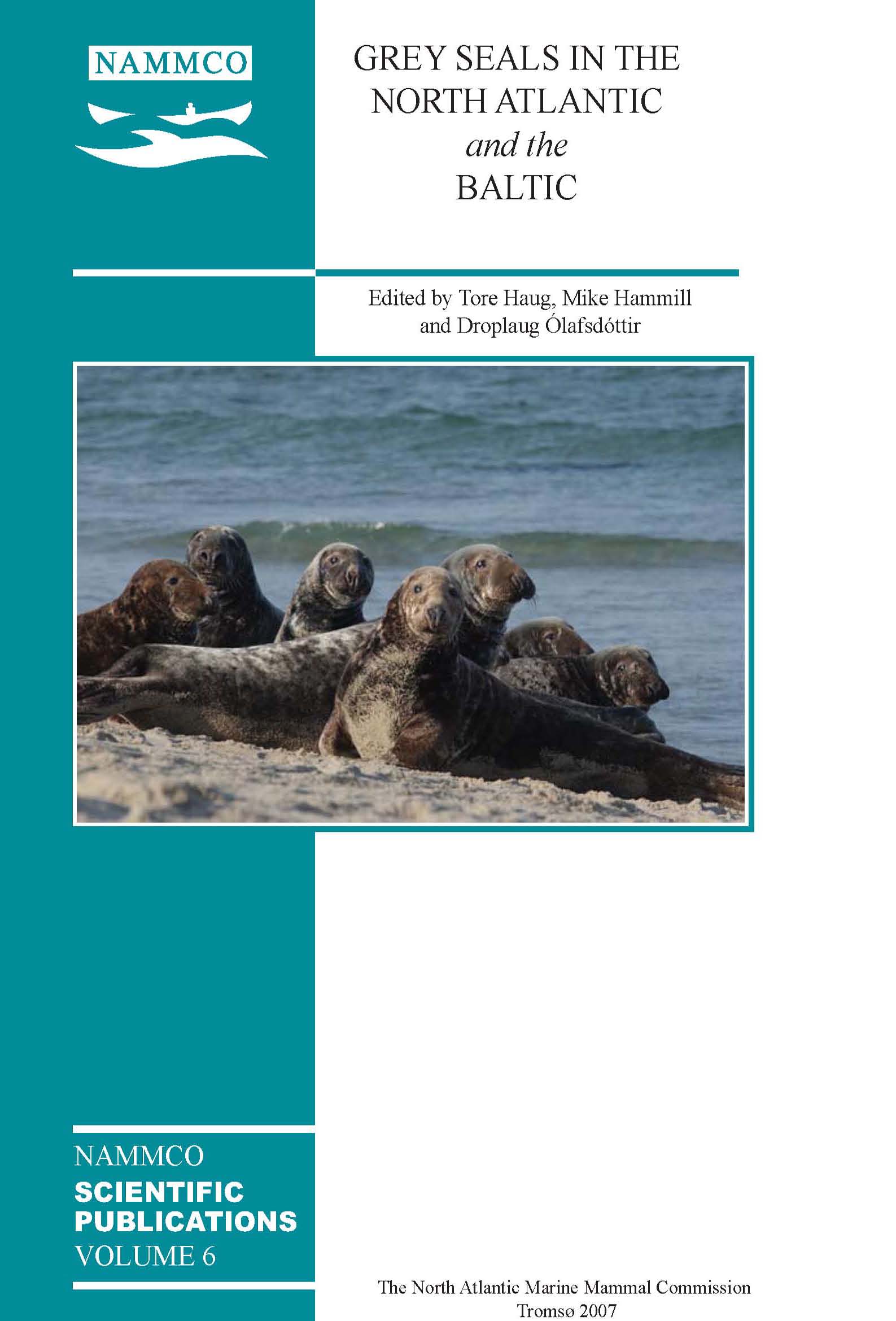Status of Baltic grey seals: Population assessment and extinction risk
DOI:
https://doi.org/10.7557/3.2720Keywords:
grey seals, Baltic Sea, population assessmentAbstract
The grey seal (Halichoerus grypus) population in the Baltic Sea is recovering after a century of bounty hunting and 3 decades of low fertility rates caused by environmental pollution. A conservative estimate of the population size in 2003 was 19,400 animals, and available data suggest an annual rate of increase of 7.5% since 1990. The growing population has led to increased interactions with the fishery, and demands are being raised for the re-introduction of the hunt. We provide a demographic analysis and a risk assessment of the population, and make recommendations on how to decrease the risk of over exploitation. Although hunting increases the risk of quasi-extinction, the risk can be significantly reduced by the choice of a cautious hunting regime. The least hazardous regimes allow no hunting below a ‘security level’ in population size. Obviously, to implement such a hunting regime detailed knowledge of the population size and growth rate is required. It is not possible to estimate “true” risks for quasi-extinction, but we used an approach where the relative difference for different scenarios can be compared. With a security level at 5,000 females, the population quasi-extinction risk increases 50 fold at an annual hunt of 500 females compared with a scenario with no hunting. The risk of quasi-extinction is very sensitive to declines in the mean growth rate and to increased variance in growth rate. The variance in the population estimates over the last 14 years imply that it would take 9 years to detect a declinefrom 1.075 to 1.027 in the rate of population increase. We also show how the age composition of killed animals influences the impact of the hunt. The overall recommendation is that hunting should be kept to a minimum, carefully documented and accompanied by close population monitoring.Downloads
Published
2007-01-01
How to Cite
Harding, K. C., Härkönen, T., Helander, B., & Karlsson, O. (2007). Status of Baltic grey seals: Population assessment and extinction risk. NAMMCO Scientific Publications, 6, 33–56. https://doi.org/10.7557/3.2720
Issue
Section
Articles





